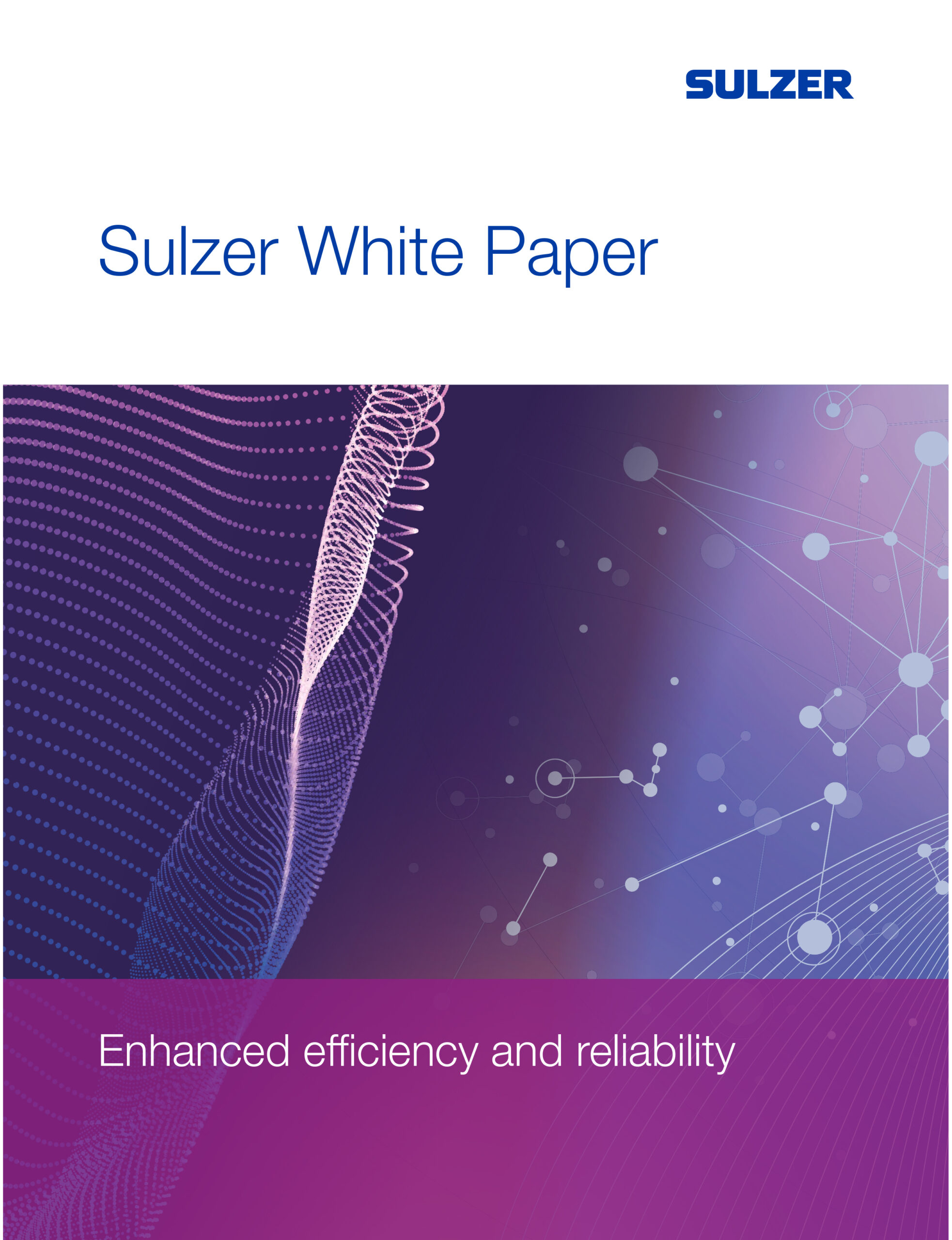
Upgrading pump design for control rod drive systems in nuclear power stations
The control of a nuclear reactor and the ability to shut it down safely rate as some of the most important tasks in the world of power generation. At the heart of every reactor are the control rods and the drive system that enables the core reactivity control to be maintained. The hydraulically powered drive mechanisms move the control rods to adjust the power output of the station.
The control rod drive (CRD) system is powered by a pair of centrifugal pumps – one running in duty operation, the other on stand-by. The design of these pumps must clearly meet all the stringent specifications of the nuclear industry, but beyond that, there are a number of areas that should be considered when the ongoing maintenance and repair of these pumps are examined.
Planned maintenance periods can be used to determine potential upgrades or retrofits to the pumping assets to improve both efficiency and reliability.
Please fill out the form below to download this white paper.
The control rod drive (CRD) system is powered by a pair of centrifugal pumps – one running in duty operation, the other on stand-by. The design of these pumps must clearly meet all the stringent specifications of the nuclear industry, but beyond that, there are a number of areas that should be considered when the ongoing maintenance and repair of these pumps are examined.
Planned maintenance periods can be used to determine potential upgrades or retrofits to the pumping assets to improve both efficiency and reliability.
Please fill out the form below to download this white paper.

